Truong Vinh Ky discussed: "The name Saigon... First of all, we should find out where the name we give to the city today comes from.
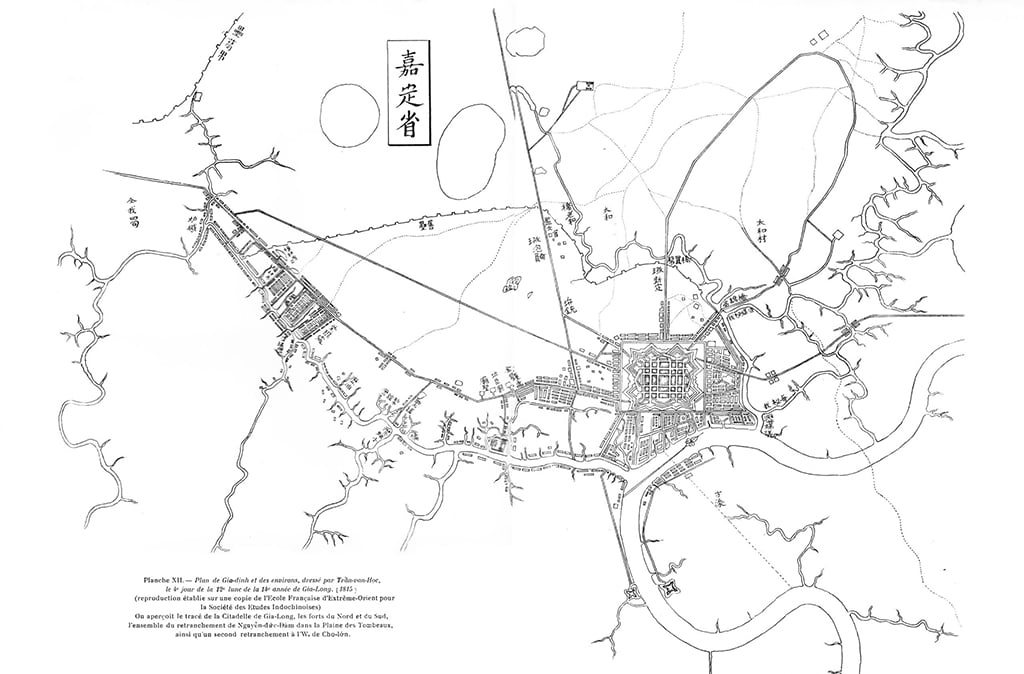
The 1788 map has the line "R. de Saigon" (Saigon River) written on it.
Photo: National Library of France
Saigon is the old name given to the present Chinese city. According to the author of Gia Dinh Thong Chi, Sai borrowed the Chinese character 柴 which means firewood (for burning); kon is the Southern word for cotton or cotton tree (lighter and fluffier than normal cotton). It is said that the name arose from the fact that many cotton trees were planted by the Cambodians around their old forts, traces of which still exist at Cay Mai Pagoda and neighboring areas.
The French called the city Saigon because they saw this name written on Western geographical maps. Here, people call the city by a common name, but in the past, that name referred to the whole Gia Dinh province.
The author of this article has not found that name recorded in old maps, only seeing Manguin record the place name Chagan or Chaquão (on the Durado 1568 map) near the later location of Saigon, and Manguin recorded Saigo n from Chagan or Chaquão . Explaining the Han Nom spelling of the two words SAIGON , Truong Vinh Ky put forward two hypotheses: a) "People say" because there are many cotton trees grown there. b) "According to my opinion" (by Truong Vinh Ky) is a name given by a certain Cambodian - the origin of which has not been found - to the locality, to the whole Gia Dinh province, and then changed to SAIGON to give a special name to this city.
Up to now, most researchers on the origin of the place name Saigon often mention three hypotheses: the first is Saigon - De Ngan (Chinese people read Tai Ngon), this theory is completely untrue. The two more noteworthy theories are both put forward by Truong Vinh Ky.
WHERE IS " GON FOREST "?
This is just "heard by people", not Truong Vinh Ky's own hypothesis. For some reason, many other Western researchers and Malleret dropped the "dit-on" clause and attributed this hypothesis to Truong Vinh Ky, when writing: "According to Petrus Ky, who claimed to have discovered the explanation, in Trinh Hoai Duc's work, of the two words Saigon, meaning cottonwood , thus implying that this land in the past, apparently, had many cotton trees." Vuong Hong Sen also followed suit and attributed it to Truong Vinh Ky: "In the book Souvenirs historiques, Mr. Truong Vinh Ky asserted that the Khmer people planted cotton around Cay Mai fort and he himself saw a few of these ancient trees in that area in 1885".
In fact, in Trinh Hoai Duc's work, there is no place to explain or annotate the two words Saigon. Truong Vinh Ky only relied on the Han Nom writing of those two words to explain that they mean "cotton firewood". The hypothesis that "Saigon from cotton firewood" is "what people heard", but at the time of Truong Vinh Ky (1885), there were no "ancient roots" of cotton trees "at Cay Mai Pagoda and the surrounding areas". Truong Vinh Ky only said that it seemed to confirm that "traces (of the old Khmer fortifications) still exist today (1885) at Cay Mai Pagoda - and the surrounding areas".
The Courrier de Saigon newspaper on January 20, 1868 followed the hypothesis "Kai gon" (cotton tree), not "cotton firewood", to be closer to Saigon! The newspaper wrote: "As people say, the name Saigon was probably transformed from the word Kai gon. These words are used to name the type of tree that produces cotton (cotton). The cotton tree, which is very common in the South, is often used as a hedge. The ancient Cambodians sometimes planted it along the defensive ramparts, the cotton trees were close together, forming green hedges. During the time the Southerners occupied this country, the people had a fortification with that characteristic: that's why it was called Saigon".
If Truong Vinh Ky proposed the "cotton firewood" hypothesis as "people said", Le Van Phat asserted: On the vast cemetery field of the old city was an endless cotton forest. The Khmer called the cotton forest Prei kor . The Siamese word Cai ngon also means cotton forest. Now the Lao people still use that word with that meaning. Maybe Cai ngon has become SAIGON . Le Van Phat's "cotton forest" hypothesis was criticized as being baseless: Kor does not mean cotton tree but cow ; the "endless cotton forest" in the old cemetery field (Plaine des Tombeaux in all of District 3 and District 10 today) is just a baseless speculation.
In short, the SAIGON words "cotton firewood", "cotton tree" or "cotton forest" are not very stable, both in terms of linguistics and geographical reality. In local poetry, folk songs, proverbs, including the Ancient Gia Dinh bay landscape written in Nom poetry nearly a hundred years before Truong Vinh Ky, there are no words or ideas that mention "cotton firewood" and "cotton forest". (to be continued)
(Excerpt from Miscellaneous Notes on Vietnamese History and Geography by the late scholar Nguyen Dinh Dau published by Tre Publishing House)
Source: https://thanhnien.vn/sai-gon-la-noi-co-nhieu-cui-gon-185240930224427515.htm



![[Photo] Ho Chi Minh City residents show their affection to celebrate the 80th anniversary of the August Revolution and National Day September 2](https://vphoto.vietnam.vn/thumb/1200x675/vietnam/resource/IMAGE/2025/9/3/55d860cbb63a40808e1e74ad9289b132)
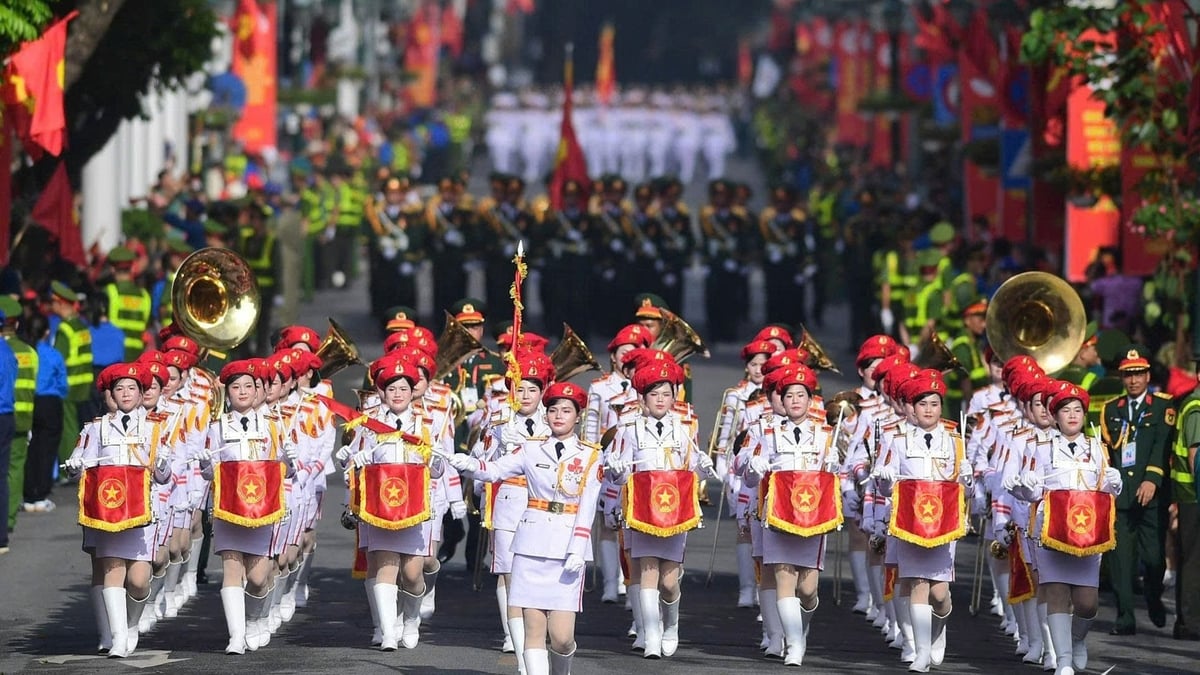



![[Photo] Special art program "Da Nang - Connecting the future"](https://vphoto.vietnam.vn/thumb/1200x675/vietnam/resource/IMAGE/2025/9/2/efdd7e7142fd45fabc2b751d238f2f08)



![[Video] Technology is the touchpoint that helps the younger generation approach the Declaration of Independence in a new way](https://vphoto.vietnam.vn/thumb/402x226/vietnam/resource/IMAGE/2025/9/3/dcae74c258ee46fc81d81abebc4395d1)



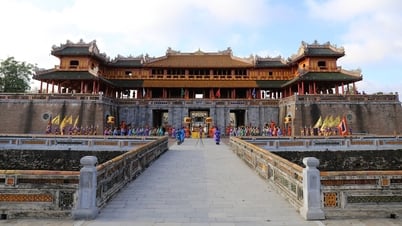


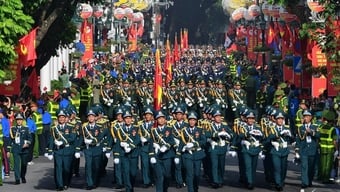


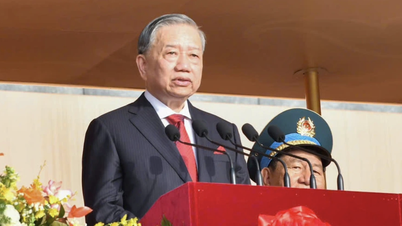







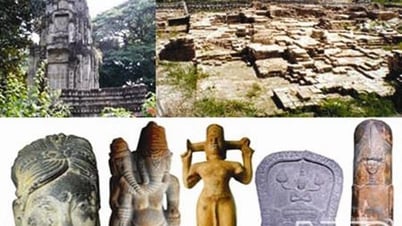

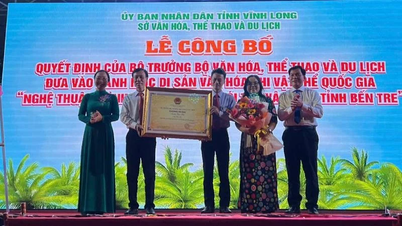


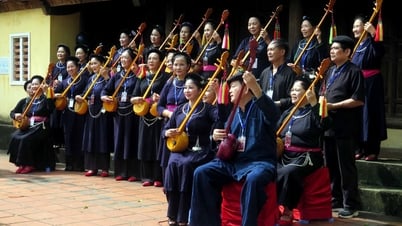

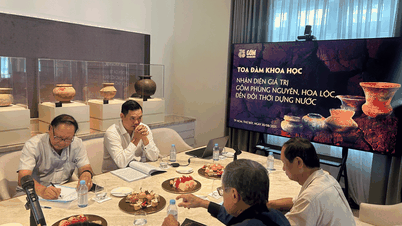


























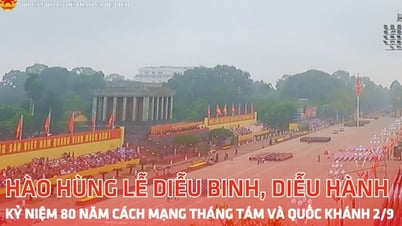
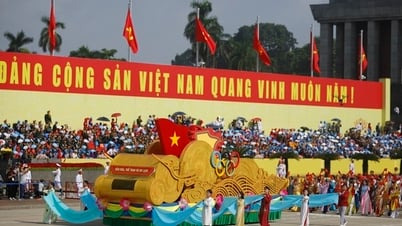

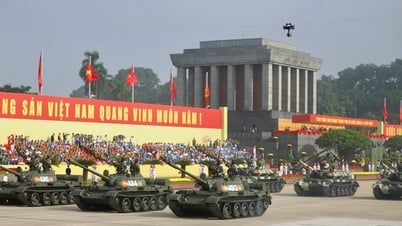
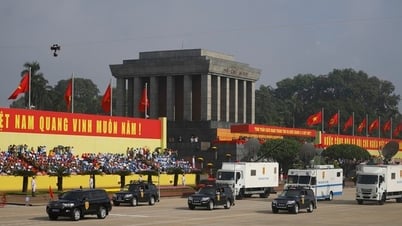




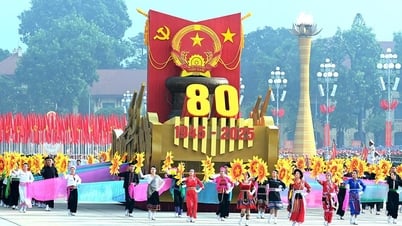







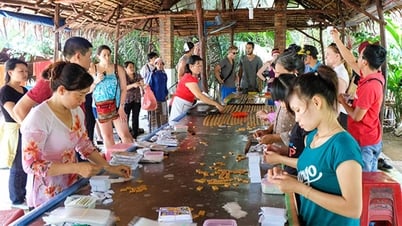




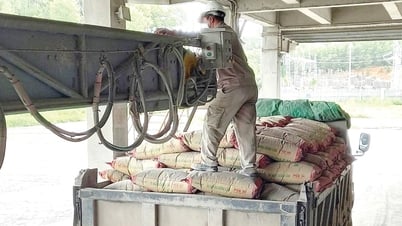








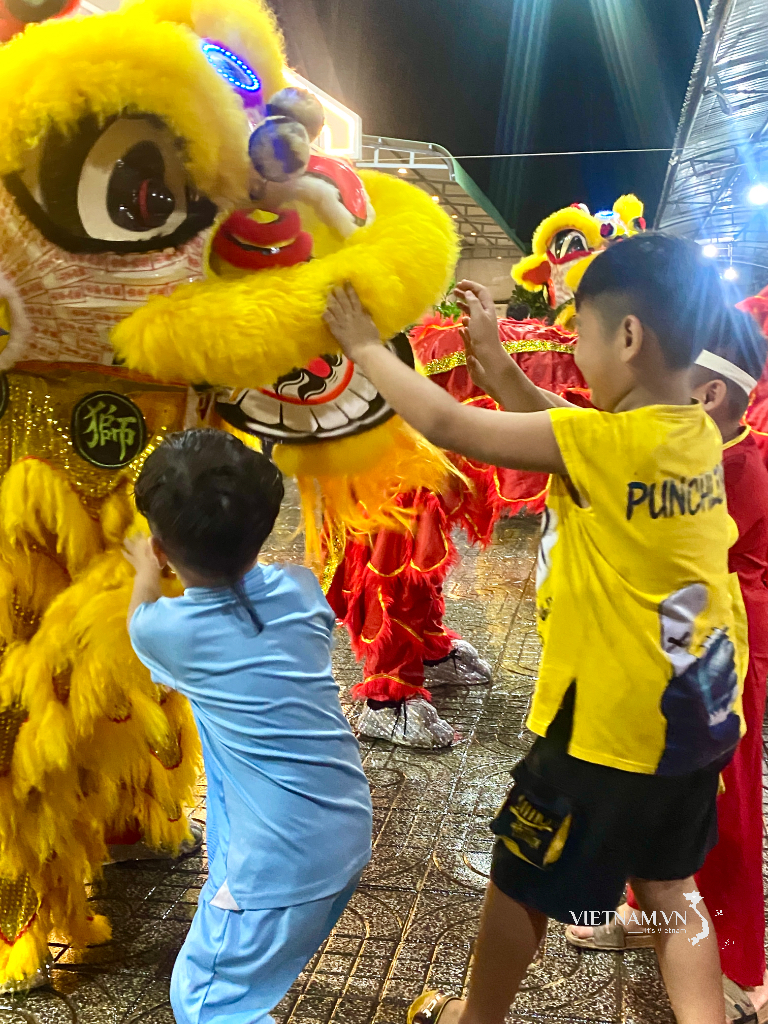

Comment (0)